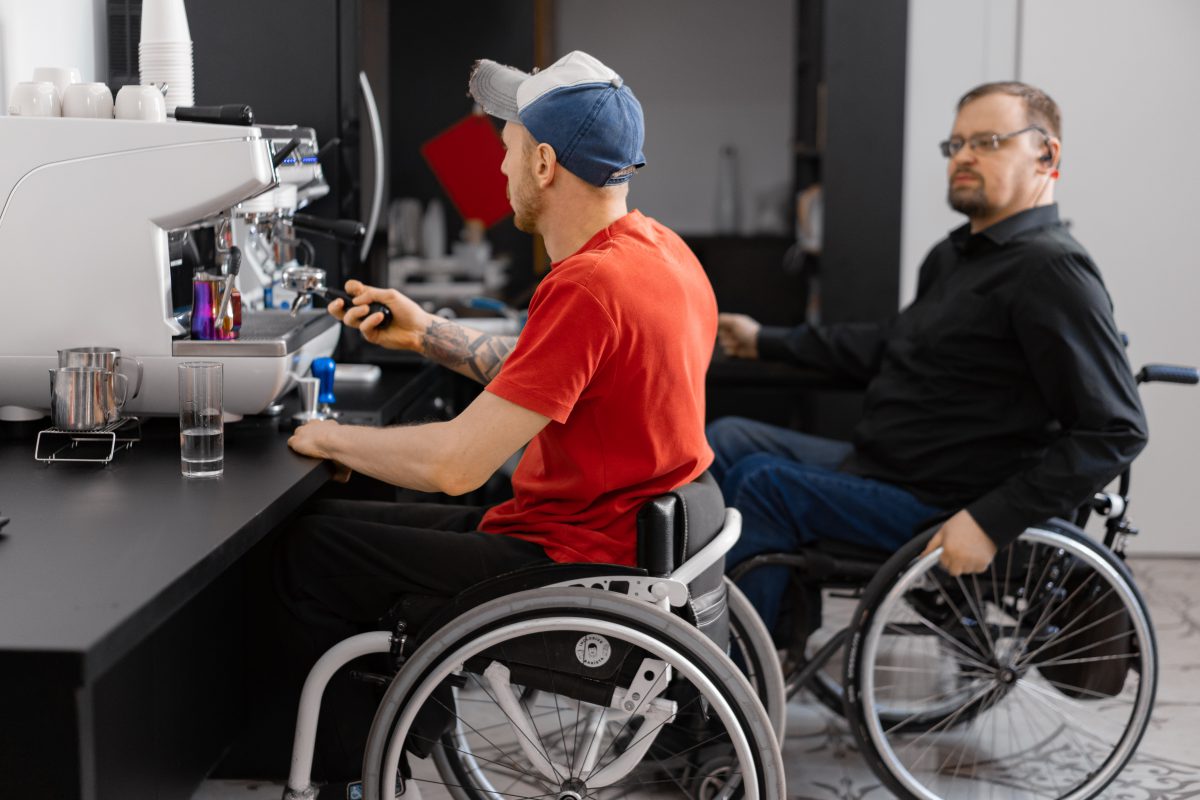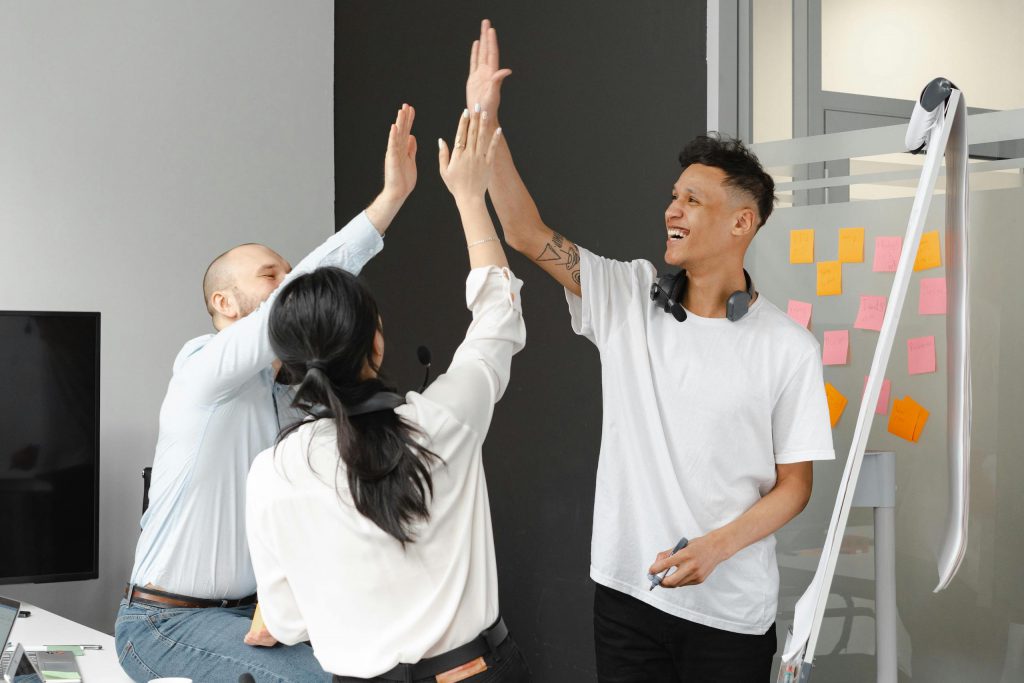If you’ve read my previous posts for Workrowd, you’ll know one of my bugbears is when businesses use their inclusivity efforts as a form of tokenism. Given my personal experiences, this is especially true when it comes to supporting employees with disabilities.
Most of the time, businesses that claim to be inclusive are doing it as nothing more than a box-ticking exercise.
Their senior leaders have never experienced discrimination in the workplace, so they don’t believe it’s a problem that needs addressing. They’ve never had a disability or mental health issue, nor has anyone they know. Therefore, they assume their business does a great job of handling it.
I didn’t know that much about ADHD until I realized I had it just over a year ago. That sent me down a research rabbit hole where I discovered a whole new worldview. You don’t know what you don’t know, right?
Truth is, until you’ve experienced something, or at least done your research in an empathetic way, you probably don’t know as much as you think you do.
So, take this post as a guide. We’re going to look at ways you can really be inclusive to employees with disabilities, not through tokenism, but through action.
Maybe you do some of these things already, or maybe you’ve never thought of them before. Either way, I hope this helps you think through some ways to better support employees with disabilities.
The Hidden Disabilities Sunflower
The Hidden Disabilities Sunflower was invented in the UK. Just a few years on, it is now a global initiative.
Using a simple green lanyard with a sunflower pattern—and an optional card on the end of it—people with invisible disabilities can signal to businesses that they may need additional help.
Accredited airport staff, railway staff, and more, receive training on how to help people with these invisible and challenging conditions. This way, they can assist those customers who need it.
And let’s not forget that if they have the training for customers, they can help their fellow employees with disabilities, too.
Pretty much all of us have something that makes our lives more challenging. It could be allergies, chronic pain, depression, or something else.
When the people around us know how to offer help, it makes daily life much less stressful. We know that the people around us really do get it and are there to support us.
Spaced out meetings
Back-to-back meetings can be horrible for anyone, but they can be even worse for introverted or neurodiverse employees.
Some employees with disabilities feel drained from being around people for too long. That means they’re less able to concentrate on their actual work because they need time to recover.
For instance, I recently went to a conference. After a day and a half of being around people, I was ready for two days in bed. Even though I enjoyed the conference and got a lot out of it, I’m very much used to being at home in my bubble. Overstimulation triggers my chronic pain and fatigue, so spending so long talking and listening proved draining and required recovery time.
Day-long meetings are much the same. They’re inaccessible and disruptive. The longer a meeting gets, the harder it becomes for someone to concentrate. There are some meetings that even a bucket-sized coffee can’t get us through.
Most meetings really don’t need to be as long as they’re scheduled in for. The next time you schedule a meeting, consider whether you could break it up. Or even better—just say it in an email!
Embrace fidgeting
Some people feel really offended when you’re in a meeting and start fidgeting or doodling. But actually, it can improve concentration levels.
A study found that when participants listened to a boring two-and-a-half minute recording, those who doodled recalled 29% more information than those who didn’t.
26 out of 44 presidents doodled during meetings, too.
I saw a story recently where a teacher gave her class permission to do things that would help them concentrate. One child brought in some knitting. That child went from being quiet and not speaking in class to being engaged, vocal, and confident. This was all because of the knitting! It didn’t disrupt her classmates, either.
So, while you may find it disrespectful for someone to doodle, fidget, or knit during a meeting, it may well have just the impact you need. It could mean your meetings are more productive and result in more creative solutions. A small adjustment like this can make a world of difference for employees with disabilities.
Regular breaks instead of one long one
Never, in my working life, have I ever been able to sit at a desk for more than an hour. After about an hour, I get fidgety, almost taken over by the urge to move. This is true of many employees with disabilities.
My bosses didn’t like this. At the time though, I had no idea I had ADHD and that’s why I need regular breaks.
One long break in an eight-hour day makes no sense. It goes against the laws of how long we can concentrate for, and it makes for a really boring day.
Allowing your employees to take breaks when they need them, instead of when you dictate, can be a big help. Employees with disabilities will wind up happier and more productive in their roles.
Respecting lunchtime
Too often, I’ve seen people book in meetings with a colleague during lunch. This means their colleague has to sacrifice their lunchtime as a result. If they have other meetings that day, or lots of work to do, they may not get a well-needed break from their desk as a result.
Don’t do that. Don’t be that person.
Respect someone’s lunchtime!
Lunches are important for food, exercise, socializing, and taking a break from staring at a screen all day.
They can also be a vital time for employees with disabilities to recharge when we spend all day in a busy office.
Conclusion
That’s not all! There are plenty of other ways you can show real inclusivity and embrace diversity. Stay tuned for part two next week.
In the meantime, if you’re looking for more ways to be inclusive of every team member, Workrowd’s tools can help. From supporting employees with disabilities by making your programs and events more accessible, to offering disability-focused employee resource groups, we have you covered.
Our platform organizes all your employee groups, programs, and events in one place and gives you real-time analytics. That way, you always know how to improve your people experience for employees with disabilities, and everyone else. Send us a note at hello@workrowd.com to learn more.





